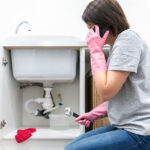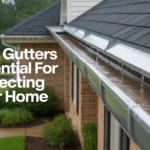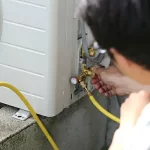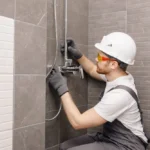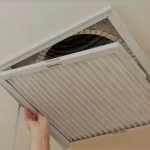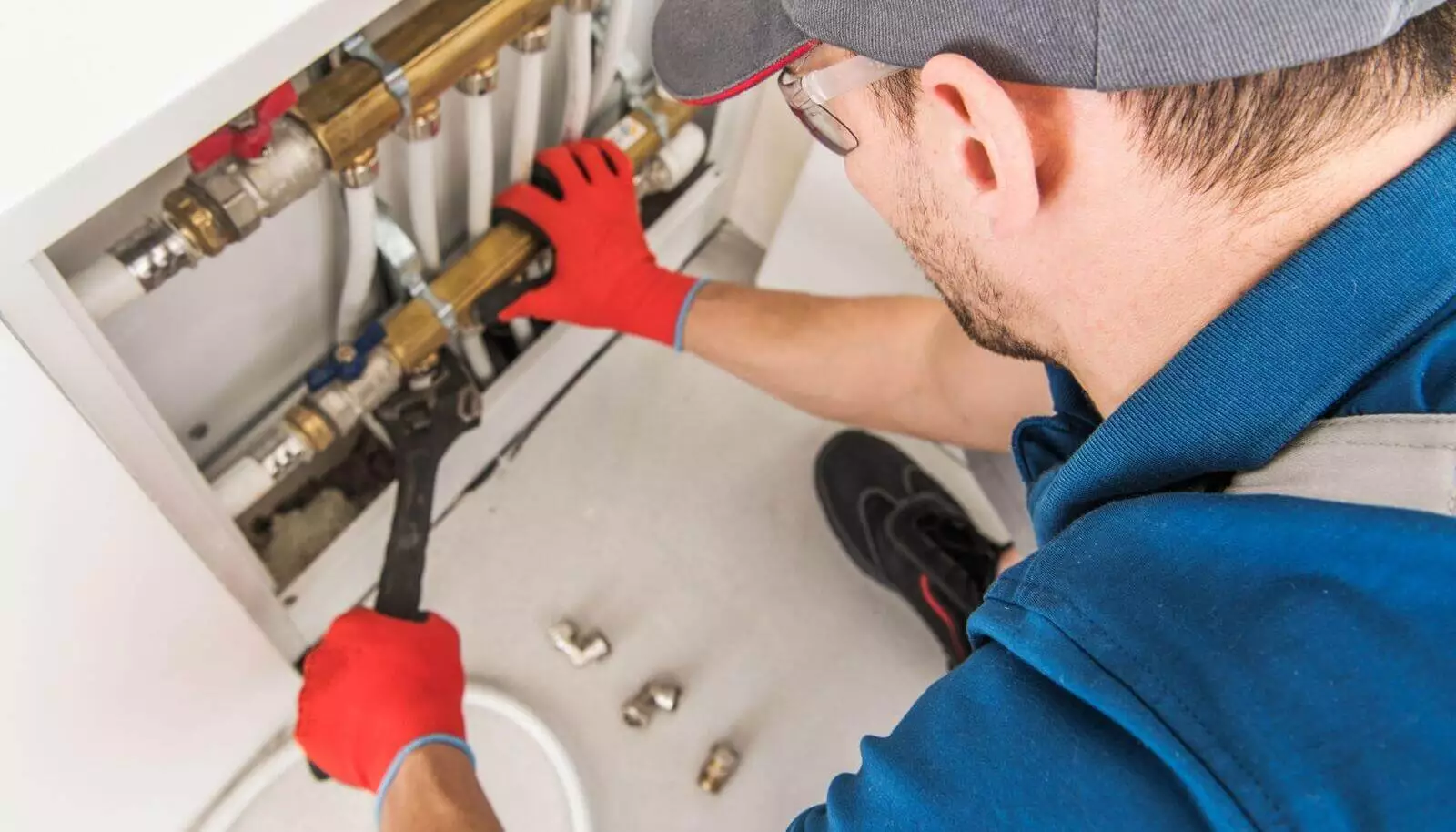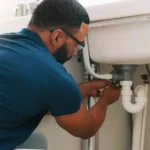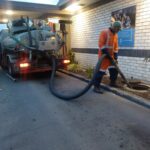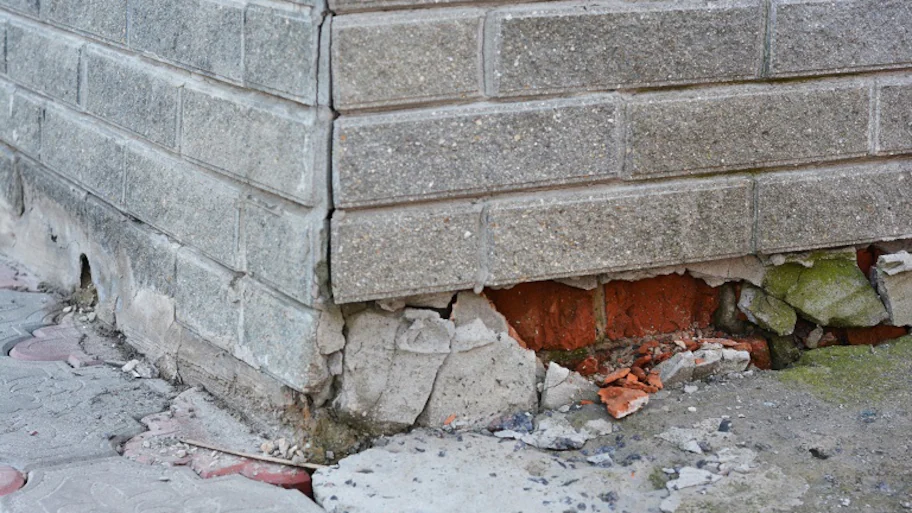Timely sewer line repair can prevent expensive structural damage and health risks associated with sewage backups. If you’re noticing persistent drain clogs, foul odors, or lush patches in your yard, your sewer system could be compromised. Knowing the signs of a broken sewer line, exploring repair options like trenchless sewer repair, and understanding sewer line replacement costs will help you take swift, informed action.

Content
Warning Signs You May Need Sewer Line Repair
Homeowners often miss the early indicators of a compromised sewer line, leading to costly consequences. Recognizing these signs early allows for quicker and more affordable repairs. Among the most common symptoms are:
- Slow-draining fixtures throughout the house, not just one room
- Unusual gurgling noises coming from toilets or drains
- Strong, persistent sewage odors near your home’s foundation or yard
- Multiple drain backups, especially during heavy water use
- Water pooling on your lawn or near the foundation
- Isolated areas of overgrown or greener grass, possibly due to leaking sewage acting as fertilizer
These symptoms typically suggest underlying issues such as pipe corrosion, collapse, or obstructions caused by tree roots or grease buildup.
Types of Sewer Line Repair Methods
Choosing the most appropriate pipe repair method depends on the specific condition of your sewer system. Professional plumbers typically offer a range of techniques based on accessibility, severity of damage, and your budget.
Traditional Repair Approach
This conventional technique involves excavation to fully expose the damaged section of pipe. It is highly effective for completely deteriorated pipes or those severely misaligned. However, it often requires heavy equipment, causes yard disruption, and may involve re-landscaping post-repair.
Benefits of Trenchless Sewer Repair
A more modern alternative is trenchless sewer repair, which offers a less invasive solution. This method is especially beneficial for homes with mature landscaping, concrete driveways, or limited outdoor access. The two most commonly used trenchless methods include:
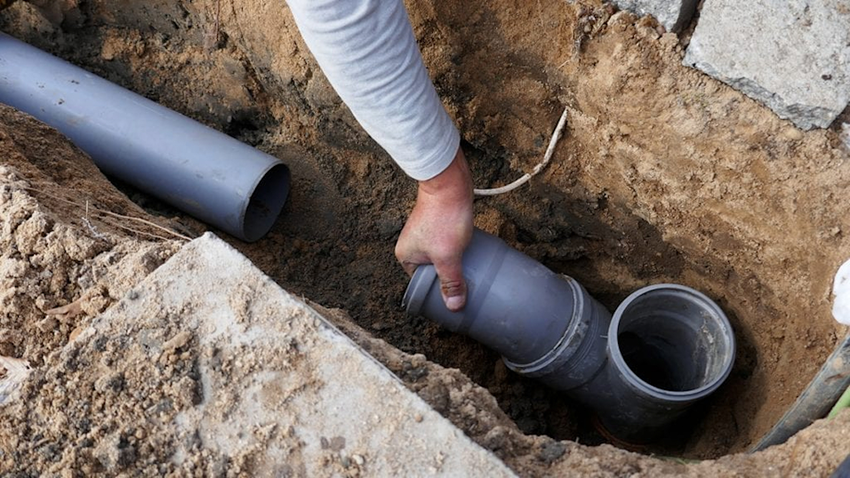
- Pipe Lining: A flexible liner coated in epoxy is inserted into the existing pipe. Once cured, it forms a new pipe within the old one.
- Pipe Bursting: A conical head is used to fracture the old pipe while simultaneously pulling a new pipe into its place.
Both options reduce property damage, shorten project time, and often cost less in the long run. Trenchless pipe repair has become a go-to for many modern homeowners due to these advantages.
High-Pressure Hydro Jetting

When clogs or buildup are the primary issue, hydro jetting may be the first step before any structural repair. This involves sending high-pressure water through the pipes to dislodge grease, debris, and tree roots. It is highly effective at restoring full flow without using harsh chemicals or cutting through walls or flooring.
Sewer Line Repair Costs: What to Expect
Understanding the cost of sewer line repair is critical when budgeting for home maintenance. The price can vary depending on the repair method, length of the damaged pipe, and location.
- Traditional excavation-based sewer line repair can cost between $3,000 and $7,000.
- Trenchless sewer repair generally ranges from $4,000 to $15,000 depending on the complexity of the installation.
- A preliminary sewer camera inspection typically costs between $250 and $500 but is often waived if repair services are booked.
The trenchless sewer repair cost might seem high upfront, but it often eliminates expenses associated with restoring landscaping or hardscape features like patios or walkways.
Importance of Sewer Camera Inspection
Before initiating any plumbing repair, a sewer camera inspection is a valuable diagnostic tool. This process uses a waterproof, high-resolution camera inserted into the pipe to provide real-time visuals. It can detect:
- Hairline cracks or full breaks
- Obstructions from tree roots, grease, or debris
- Pipe misalignments
- Advanced corrosion
With this technology, professionals can pinpoint the exact issue and recommend the most effective and cost-efficient pipe repair solution. It eliminates guesswork and ensures accurate, targeted repairs.
When Full Sewer Line Replacement Is Necessary
Sometimes, patchwork won’t solve the issue, and a full sewer line replacement becomes the only viable option. This is usually the case when:

- Pipes are severely corroded or collapsed
- The system has reached the end of its usable life
- There are frequent, recurring problems that patch repairs can’t resolve
In such cases, full sewer pipe replacement ensures long-term functionality and peace of mind. Whether you opt for traditional or trenchless methods, replacing aging infrastructure is often more cost-effective over time.
Proactive Measures for Drain Cleaning and Maintenance
Prevention is always better than cure. Regular drain cleaning can extend the lifespan of your pipes and help you avoid emergency plumbing repair scenarios. Consider these tips:
- Schedule annual or bi-annual hydro jetting to remove buildup
- Avoid flushing grease, hygiene products, or fibrous food waste
- Install root barriers if you have trees near your sewer lines
- Have your pipes inspected after major storms or flooding events
Routine maintenance using professional-grade equipment ensures your sewer line continues to perform optimally for years.
Choosing a Licensed Professional for Sewer Line Repair
Selecting the right contractor is crucial. Always work with licensed, insured, and experienced professionals. Ask for:
- References and client reviews
- Warranty details for both parts and labor
- Transparent, itemized estimates
- Timeline and completion guarantees
Hiring specialists in sewer line repair who are familiar with trenchless technology, hydro jetting, and sewer camera inspection can make a significant difference in the success and longevity of the project.
Conclusion
Dealing with sewer line repair doesn’t have to be overwhelming when you understand the process and your options. By staying alert to early warning signs, investing in a professional sewer camera inspection, and choosing the best repair method—whether traditional or trenchless pipe repair—you can safeguard your home from costly damage. With proper care, timely drain cleaning, and smart infrastructure updates, your sewer system can remain in excellent condition for decades. Don’t delay repairs—your home’s health and your peace of mind depend on it.
FAQs
What are the most common signs of a broken sewer line?
Common signs include slow drains, foul odors, frequent backups, soggy patches in the yard, and gurgling noises from plumbing fixtures.
Is trenchless sewer repair better than traditional methods?
Yes, trenchless sewer repair is less invasive, faster, and often more cost-effective than traditional excavation, especially for modern homes.

My name is Author Name. I post about home improvement ideas and how to make your home look beautiful and liveable. I hope my posts will help you with your DIY projects!



